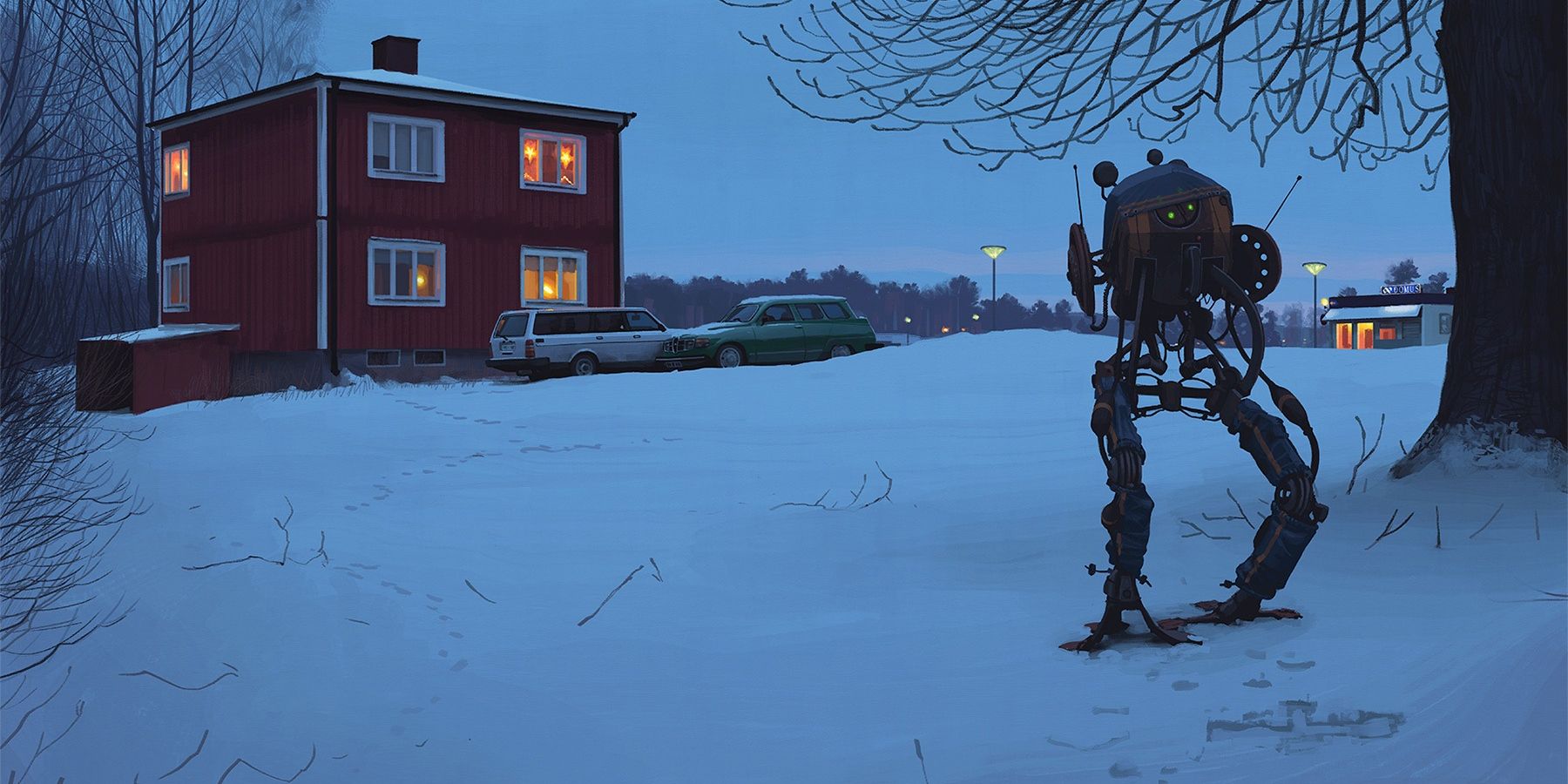

Danny had a ride left and he gave me an opportunity when he didn't really know me and I was super young. I was trying really hard around Worlds time and I couldn't. Jorgenson: I was trying to find a team in Europe, to be honest. How did that come about? Did you contact Danny, or did he contact you? It was great.ĬN: And then you were on Jelly Belly for a year. I was supported by some really amazing people in cycling in the US, like Barney King and Toby of Hot Tubes and then the national team. Their transcoding tool has been renamed avconv but your batch files should work with either one.CN: And then you got onto Hot Tubes, one of the premiere junior teams. If your command line is failing for no apparent reason, it is often helpful to try another build-or follow the fork over to libav, where FFmpeg's most active developers have been for the last couple of years. Nota Bene: Every commit has idiosyncracies. The command shell has a switch cmd /k that maintains an open window where you can run the same the same instructions from your batch script at the command prompt.įFmpeg and avconv will both make you use -c:a for -acodec and -c:v for -vcodec eventually, but the old instructions work fine in the builds I use. They are extremely specific-and the best documentation FFmpeg has-but the developers' hard work is wasted if you allow the window to close before you can read them. The pause command at the end of the batch file keeps the CLI open-the best way to debug your command line is by reading the error messages it generates. Output size is one of FFmpeg's most common hang-ups some codecs are more restricted in output dimensions than others, but no output can have odd-number height- or width attributes. Of course, it makes sense to start with a still image that shares the same dimensions as your eventual video if you are using a dedicated image editor instead of specifying output dimensions for FFmpeg to meet, you need to make sure your input dimensions are even numbers. The only attributes you have to specify are the input filenames, the output codecs, and the output filename (which eo ipso includes the output container, ). ffmpeg -i still.png -i narrate.wav -acodec libvo_aacenc -vcodec libx264 final.flv FFmpeg is a lot smarter than you give it credit for-it knows you want the video to be the same length as your audio track. You're making it way harder than it has to be.
#MOVIST LOOP 720P#
Also I set the resolution to 720p here, which means you should get HD audio on YouTube :-) If you do this correctly, there should only be one frame per second of video, which means it encodes relatively fast. If you change the order of these parameters, the results are dramatically different.įfmpeg -r 1 -loop 1 -i ep1.jpg -i ep1.wav -acodec copy -r 1 -shortest -vf scale=1280:720 ep1.flvĪlso notice that I set the frame rate twice, that's not an accident-the first frame rate is for the input, second is for the output. (It stops at the end of the shortest stream, which is the audio, because the image loop is infinite.) The order of your options is very important for speed, as filters (and such) are processed in the order you specify. Also, I added -acodec copy to preserve the audio quality. The solution I found to make YouTube happy: add more frames.


Update: I noticed YouTube has difficulty processing the video (gets stuck at 95%) I think because there's only one frame. I've googled around and found a dozen of proposed solutions (supposedly to this very same question) none of which works.Ĭan anybody suggest a working command and explain the rationale behind it?įFmpeg will try to pick the best codec automatically, depending on the extension of your output file. I tried: ffmpeg -i image8.jpg -i sound11.amr -acodec copy test.aviĪnd tried a lot of combinations with and without -s 640x360, -loop_input, -shortest, -t xxx, -r 0.1 (artificially low frame rate in the hope that the video would be longer) and -f image2Įither I get errors or I get a video file of the duration of one frame. What is the right command line that would do that? copy the audio stream without transcoding it). I don't care very much about what video codec is used for output, but it is vital that I can use "copy" as the audio codec (i.e.

I want FFmpeg to take one JPEG image and an audio file as input and generate a video file of the same duration as the audio file (by stretching the still image for the whole duration). This should be pretty trivial, but I can't find a way to get it to work.


 0 kommentar(er)
0 kommentar(er)
